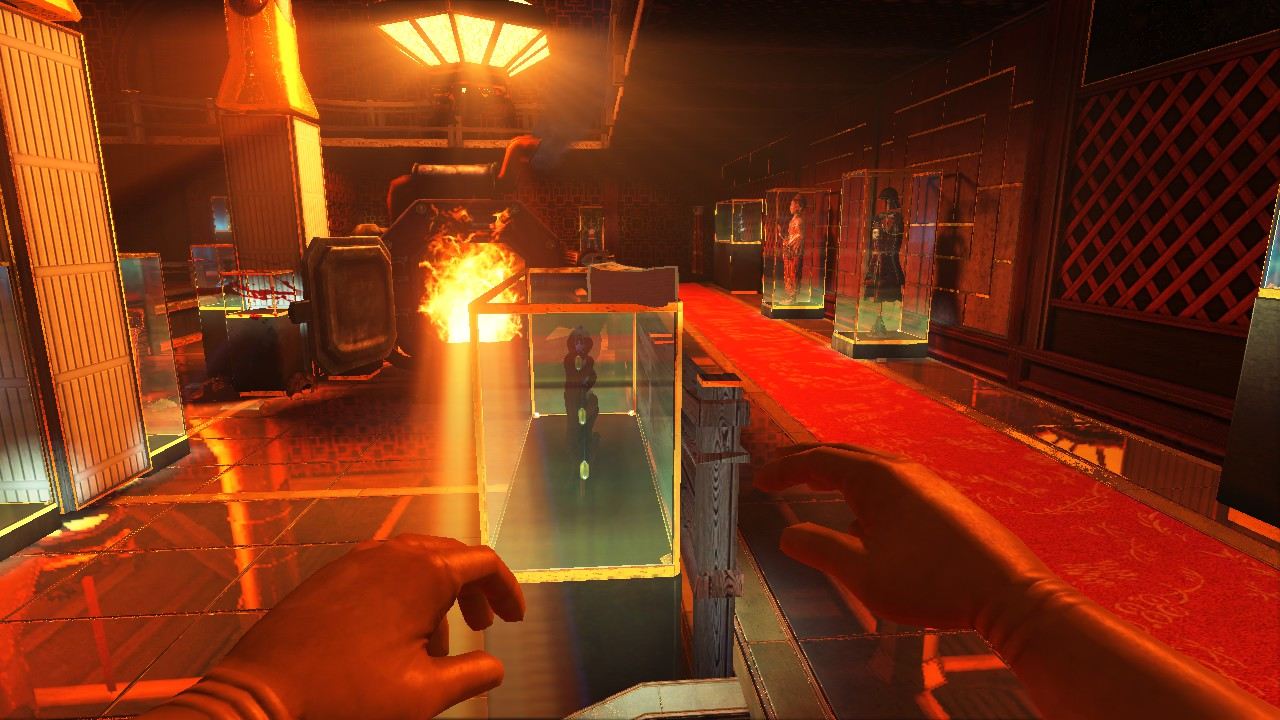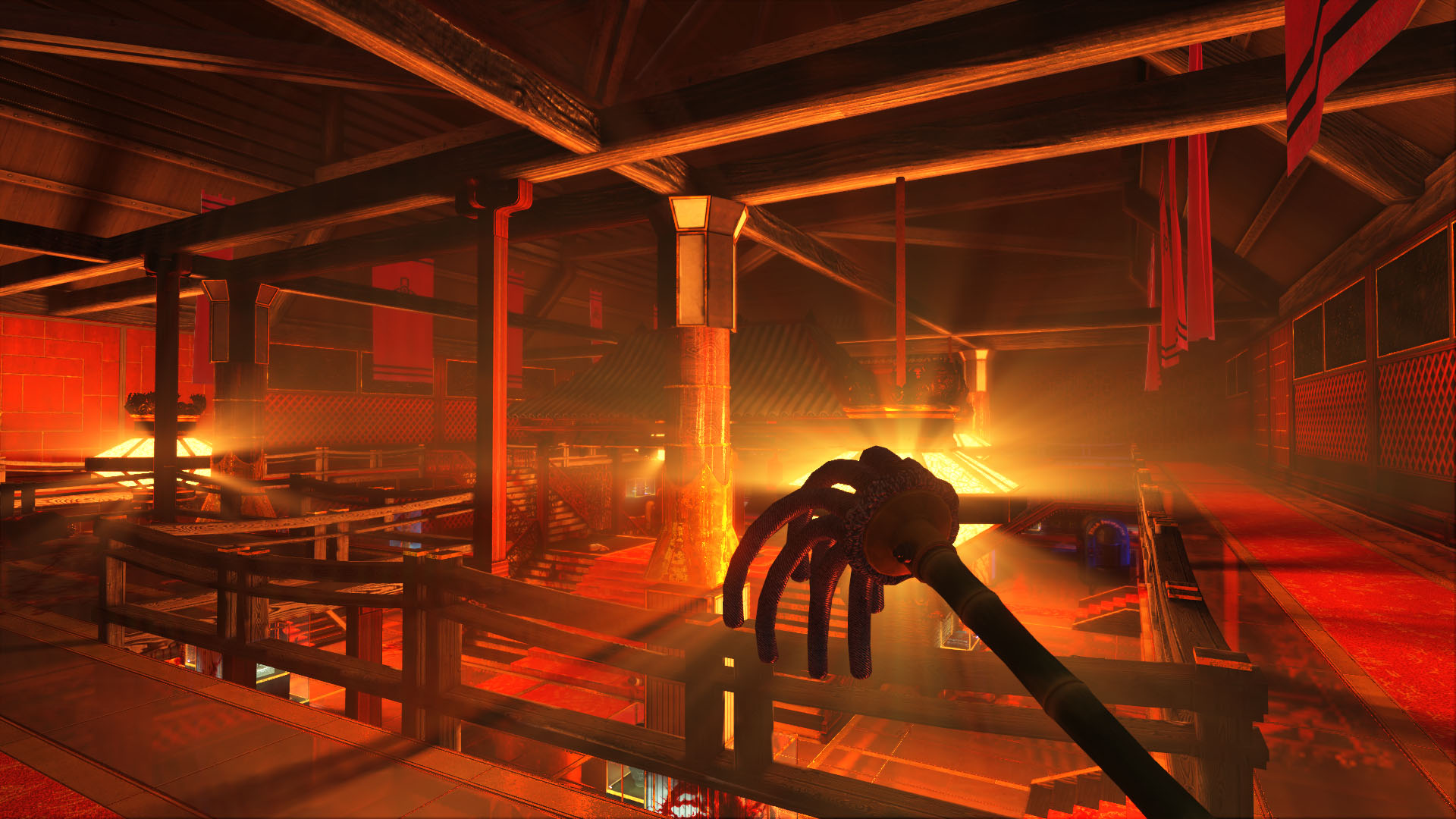
Intent to fill the void left by the gruesomely pathetic Duke Nukem Forever, Serious Sam 3: BFE, Hard Reset, and Rise of the Triad (2013) were coming out of the woodwork to dry the tears of audiences turned hysterical by the announcement of another Black Ops game.


Then out of nowhere, many developers decided that it was time to start a proper throwback to old-school first person shooters games that appreciated the joy of sprinting like a lunatic, grabbing health packs and brandishing 8+ guns. Call of Duty made a hard jump to the future, Battlefield fell back to WWI, Medal of Honor went home to cry, and the US armed forces felt that the sudden irrelevance of self-aggrandizing military games was too meta. Those game had already been expanding for years. They should have just bought games like Bioshock, Borderlands, Halo, Metro 2033, or Crysis if you ask me. With the hypothetical cream unable to rise to the top of a sea dreck, audiences demanded that military shooters innovate. Sure, games like Sniper Elite kept WWII on life support through the vector of X-ray gore and one Führer of a lead castration, and Tom Clancy has always forced strategy into my “Pew Pew” action, but those guys were bringing in pennies compared to the money allegedly on offer with these modern military shooters. Then along came Battlefield: Bad Company, Battlefield 3, Medal of Honor: Warfighter, and America’s Army, a fairly confused effort by the United States military to conflate video game violence with real life warfare. I remember when Call of Duty made the most successful transition into modern military (what’s Counter Strike?), leaving World War II settings in the dirt for good with the start of the Modern Warfare.

It’s interesting to watch how audiences respond to first person shooters.


 0 kommentar(er)
0 kommentar(er)
